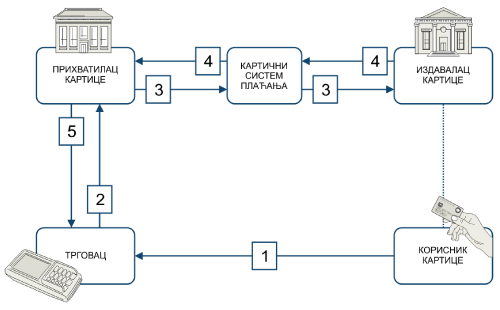Owing to the success of the national payment card, just like in big European and world economies, there is a higher level of competitiveness in the domestic market and the costs of cashless payments are lower, which makes them more attractive for households and businesses and thus leads to a reduction in cash payments and, consequently, in the grey economy.
DinaCard fees and commissions are the most favourable of all card systems in the domestic market, for all participants. The DinaCard has other advantages too, typical for national card schemes. Since these are domestic systems, rules of operation for national payment cards are efficiently adjusted to the needs of the domestic market, and so the introduction of new products and services for card issuers is considerably more simple, faster and cheaper. In our market only the DinaCard can be used for paying taxes directly at the counter in Treasury Administration branches, at no charge. Other liabilities can also be settled in the same way, at no charge: annual personal income tax, motor vehicles sales tax, contributions for mandatory social insurance for agricultural producers and tax on personal income from agriculture and forestry.
In line with the system’s rules, the basic national payment card is issued at no charge, and is linked to the current account, whereby the DinaCard directly contributes to lower costs of banking services for our citizens.
In addition to being a national card, intended primarily for domestic operations, the DinaCard, depending on the issuer, can also be used abroad at acquiring networks Discover, Diners Club International, Pulse (DinaCard-DFS cards) or UnionPay (DinaCard-UPI cards).




